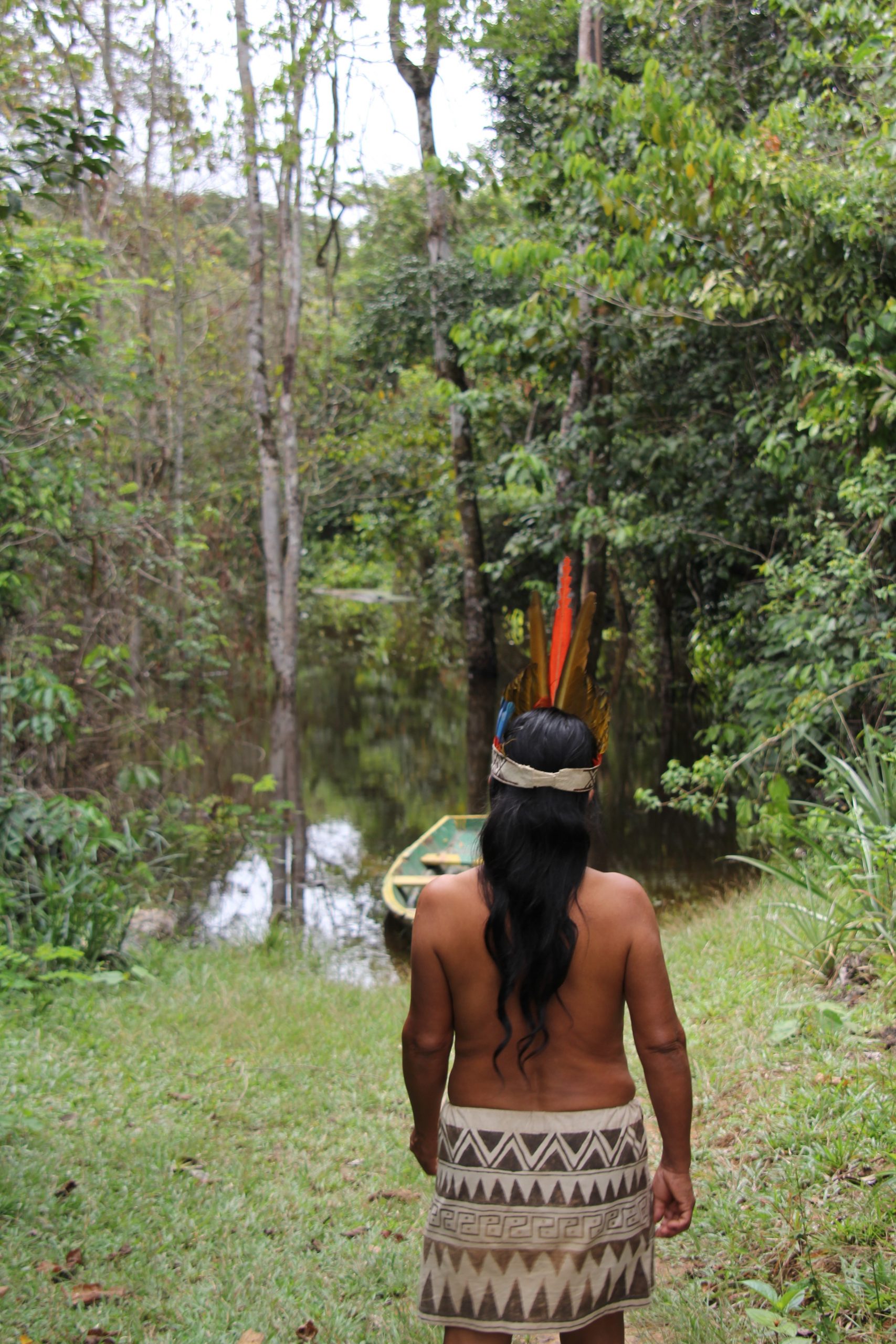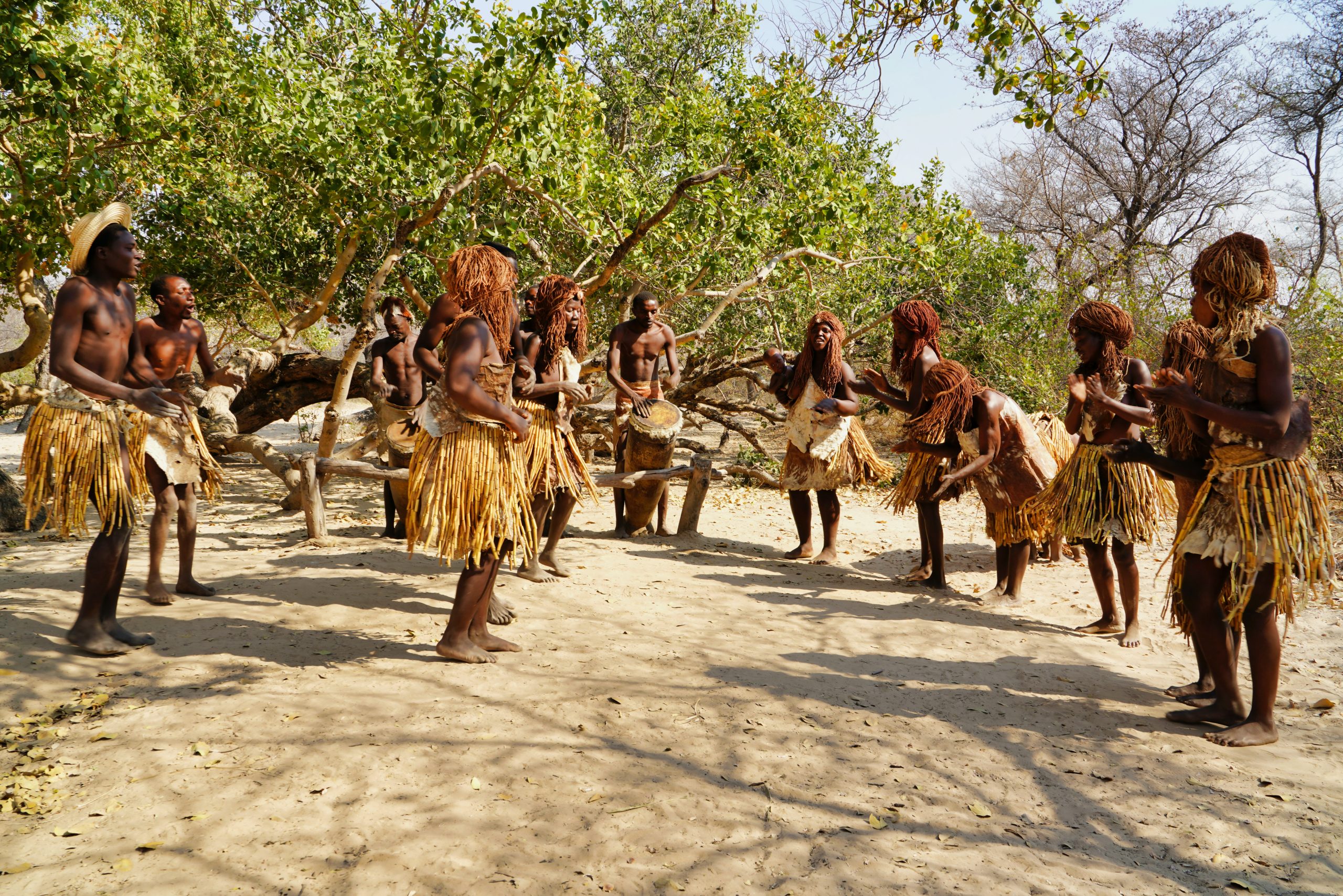Living in the UK, it can be easy to ignore the signs of climate change, or even joke about the need to combat climate change. However, for many indigenous populations living in South-East Asia, Oceania, South America and the African continent, climate change has already begun to take its toll.
According to the Department of Economic and Social Affairs of United Nations, indigenous peoples are among the first to be affected by climate change due to a variety of factors. Many indigenous communities reside in remote areas, where they are heavily dependent on their environment and its resources. Climate change threatens their access to drinking water, clean air and shelter.

Food and Land Security
Indigenous peoples often rely on their land to provide food. Yet one of the symptoms of climate change is the erratic weather, which limits their ability to cultivate crops. This is not only stifling their food supply, but in some cases it means these communities have no income, which in turn makes these communities dependent on the government responsible for their marginalisation.
Environmental changes can also make it difficult (if not impossible) to keep livestock, which are central components to cultural and culinary practices of many indigenous communities. Additionally, long-term changes in the local climate may cause mass migration of wildlife, including pollinators which are vital for certain crop rotations.
Countries with an already warm climate are experiencing bouts of extremely high temperatures, which can cause draughts and higher requirements for drinking water (while having less access to it).
Not to mention, prolonged exposure to high temperatures can have an adverse effect on human health. Coupled with insufficient hydration, it can lead to heat stroke or even death. Indigenous communities often have limited access to healthcare, and due to their location, mobile help may not get there in time.

Deforestation and its’ Cyclical Nature
The effects of climate change include deforestation. In 2005, droughts resulted in forest fires in the western Amazon region, destroying acres of woodland, and affecting the livelihoods of the indigenous people from that region. And who could forget the australian bushfires spanning from December 2019 to May 2020? Fires caused by extreme weather changes can spread viciously and force indigenous peoples to flee from their homes into the unknown.
What’s worse, the carbon released into the atmosphere during such events exacerbates the situation and prompts further climate changes. While the carbon emitted by the fires would normally be reabsorbed by the forest regrowth, it could take decades, or might not happen at all, due to the hostile growing conditions.

Adaptating and Improvising
In response to the recent changes, some indigenous communities started to look for ways to adapt their practices. Some indigenous peoples are relocating their settlements, while others are looking for creative solutions to the challenges posed by climate change.
Unfortunately, their efforts in dealing with the changing environment are often met with legal or institutional barriers. This once more, proves that indigenous people are disproportionately affected by climate change.
To Learn More About the Effects of Climate Change Head to:
WWF: https://www.worldwildlife.org/threats/effects-of-climate-change
MET Office: https://www.metoffice.gov.uk/weather/climate-change/effects-of-climate-change
NRDC: https://www.nrdc.org/stories/global-climate-change-what-you-need-know

